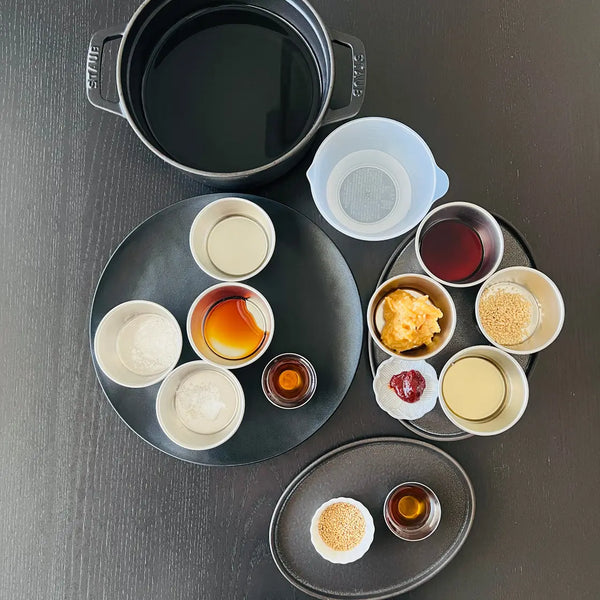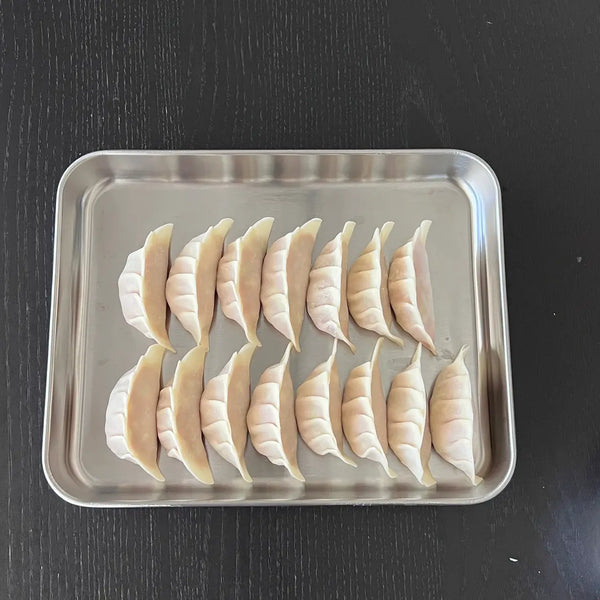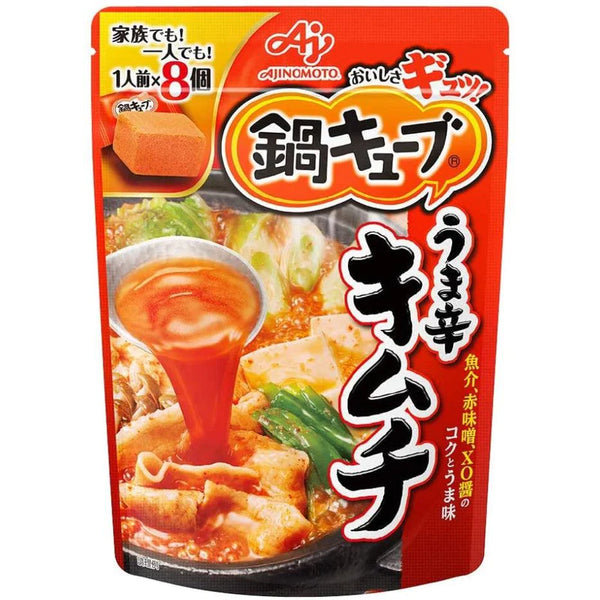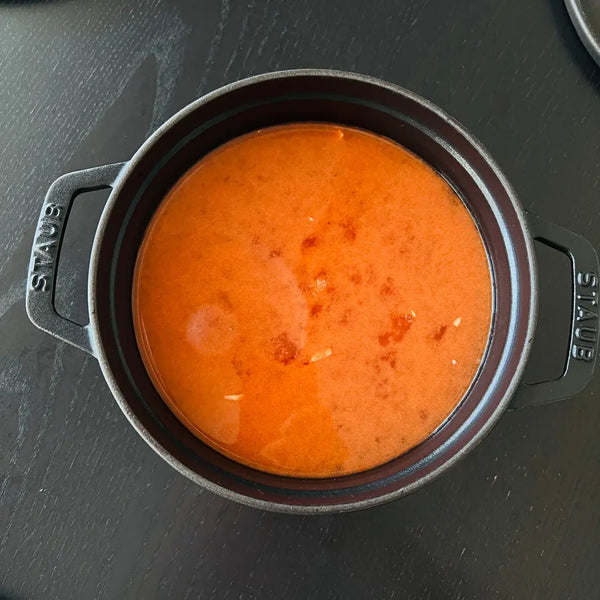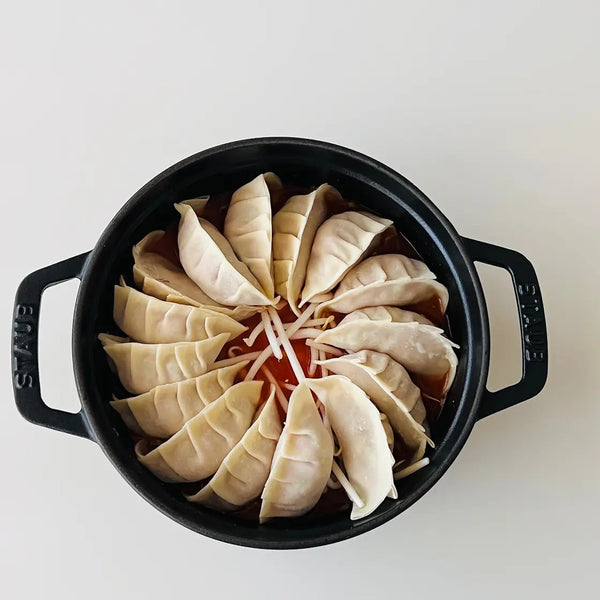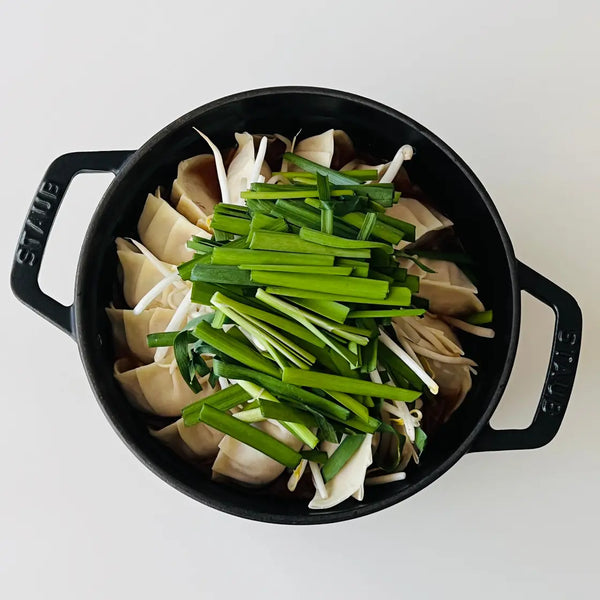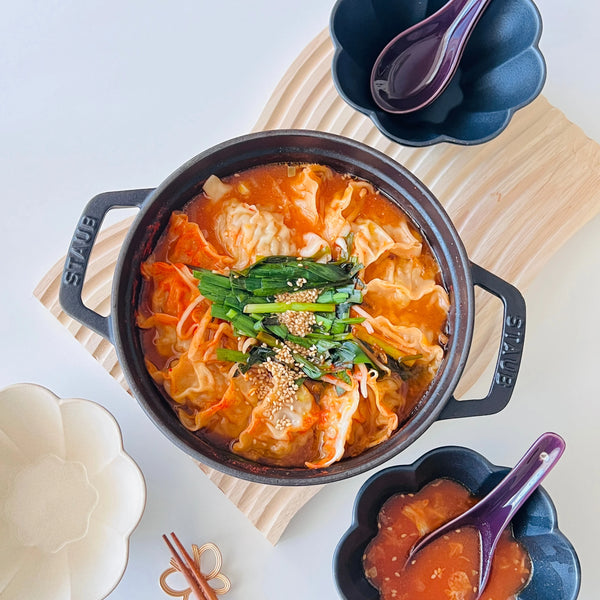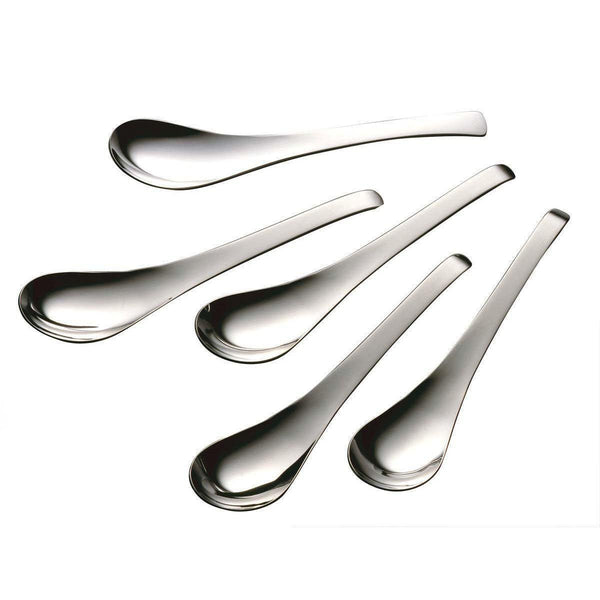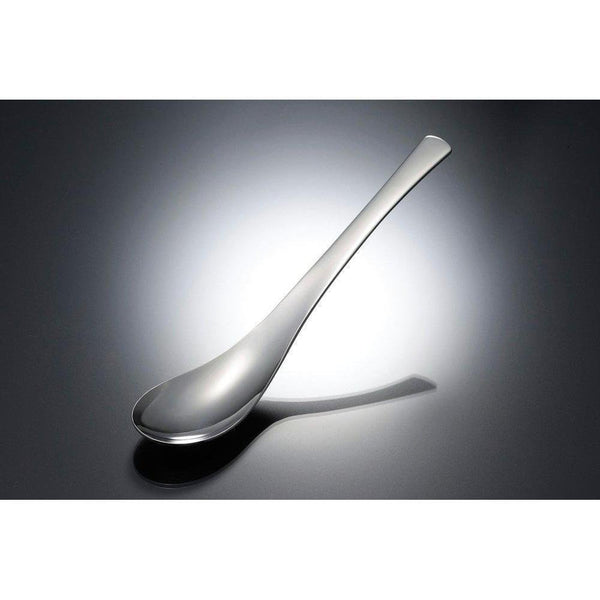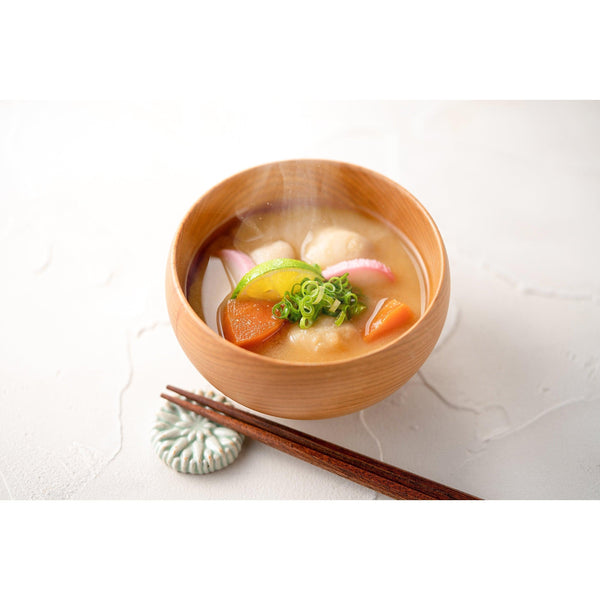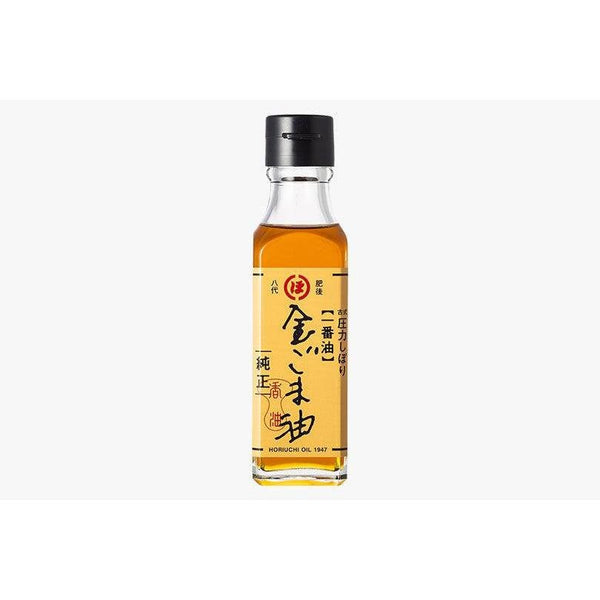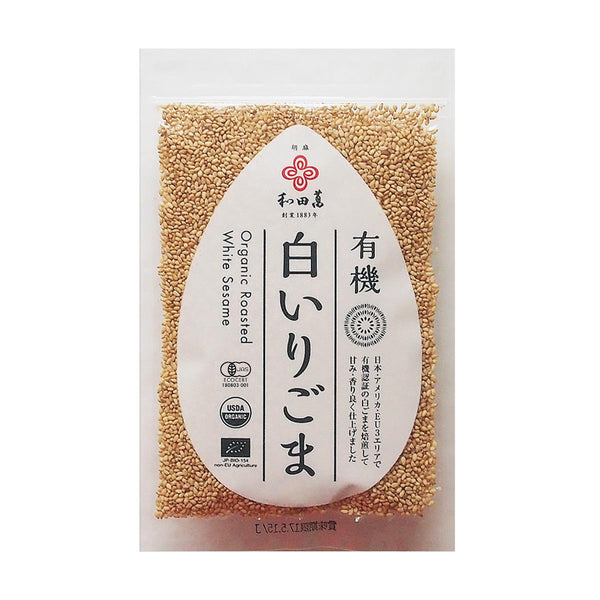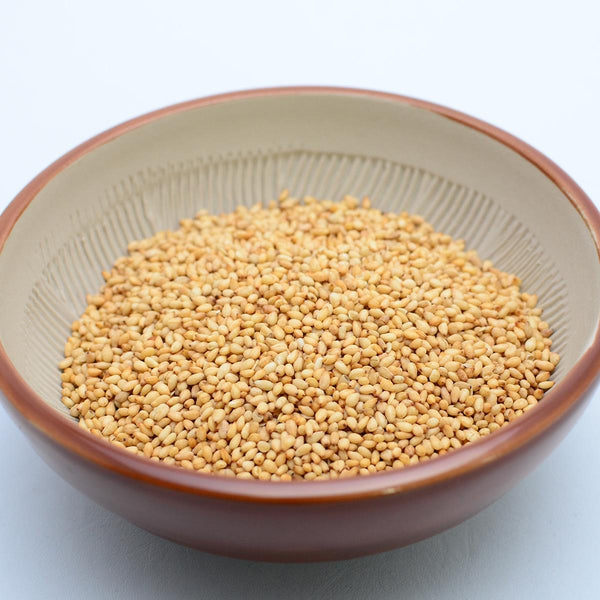
"Kimchi-jjigae" from Korea and "Gyoza" from China are both well-known dishes in Japan. The Kimchi Gyoza Nabe, which we are introducing today, is a hot pot dish that blends elements of these two cuisines.
This fusion perfectly encapsulates Japanese food culture, known for mixing diverse dishes like Teriyaki chicken pizza or Curry-man. Exploring these "hybrid" creations is a fun activity while visiting Japan.
These hybrid dishes are not traditional Japanese fare; they're modern recipes inspired by innovation. Kimchi Gyoza Nabe is one such example. There are no fixed ingredients aside from Kimchi and Gyoza, with the flavor largely dependent on the Kimchi used. So, feel free to customize your Kimchi Gyoza Nabe to your taste!
In this recipe, we show you how to make the kimchi nabe soup from scratch using Japanese seasonings. Alternatively, you can opt for convenience by using pre-packaged Kimchi-jjigae soup stock. We have a few gyoza recipes on our website, including pork, shrimp, and vegetable. If you don't have time to make homemade gyoza, feel free to use frozen gyoza. Many Japanese supermarkets offer these ready-made options, making it a quick and simple recipe.
As you near the end of the hot pot, do not waste the remaining soup. This is where the “shime” step comes in. Add udon noodles, Malony glass noodles, or steamed rice to soak up the flavorful broth and enjoy a second round of the dish.
If you enjoy bold, spicy flavors, you may also like Japanese-style Korean-inspired dishes such as Cheese Dak Galbi, a rich and spicy chicken stir-fry made even more indulgent with melted cheese.

